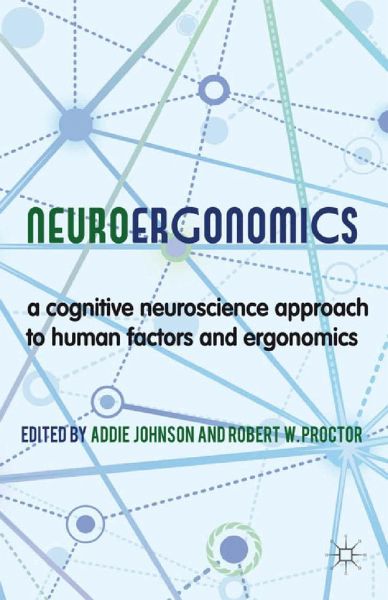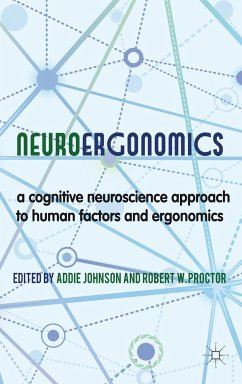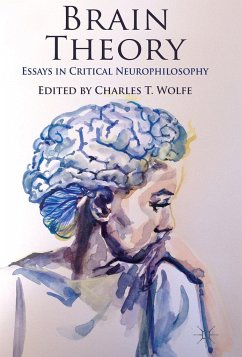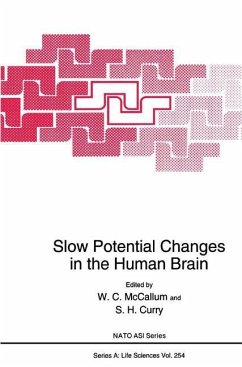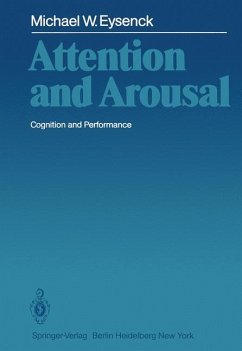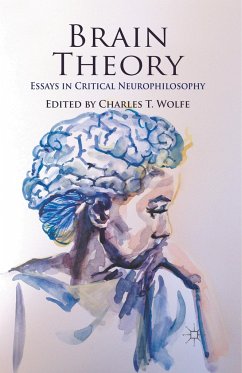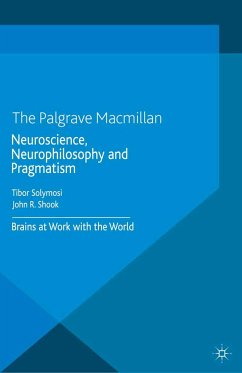Nazan Aksan, Department of Neurology, University of Iowa, USA Jelmer Borst Carnegie Mellon University, USA Jeffrey D. Dawson, College of Public Health at the University of Iowa, USA Rasa Gulbinaite, University of Groningen, The Netherlands Yana Heussen, University Hospital Schleswig-Holstein, Germany Jacob Jolij, Department of Experimental Psychology of the University of Groningen, The Netherlands Waldemar Karwowski, P.E., University of Central Florida, USA Jason McCarley Flinders University, South Australia Raja Parasuraman Center of Excellence in Neuroergonomics, Technology, and Cognition (CENTEC) at George Mason University, USA Niels Taatgen, University of Groningen, The Netherlands Jon Tippin, University of Iowa Hospitals and Clinics and is director of the Sleep Disorders/EEG Laboratory at the Iowa City Veterans Affairs Medical Center, USA Paolo Toffanin, University of Groningen, The Netherlands Hedderik van Rijn has degrees in Cognitive Science from the University of Nijmegen andthe University of Amsterdam and has worked at the Max Planck Institute for Psycholinguistics and at Carnegie Mellon University, USA Matthew Rizzo, M.D., FAAN, directs the University of Iowa Aging Mind and Brain Initiative, USA Kelly S. Steelman, Flinders University, South Australia.
